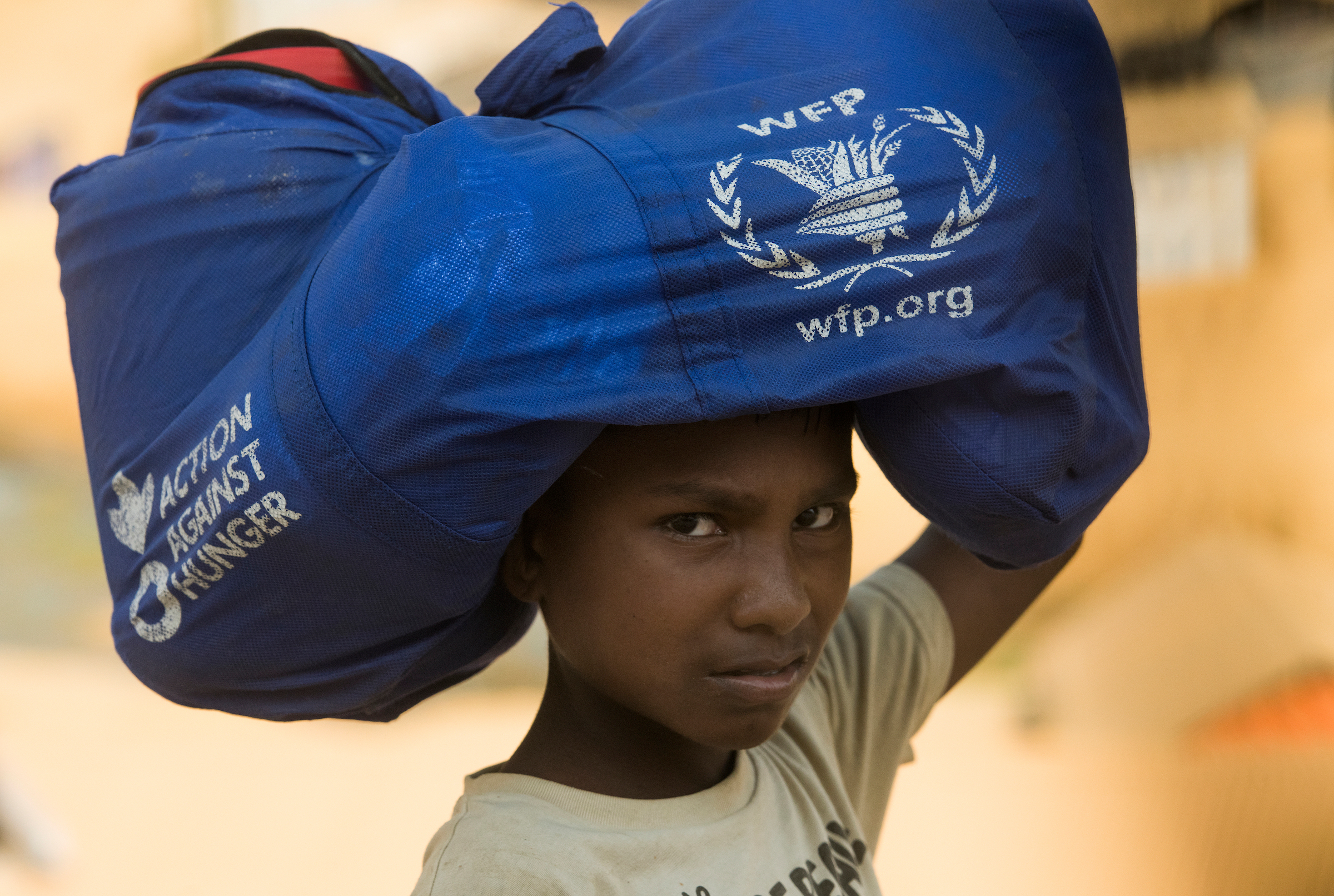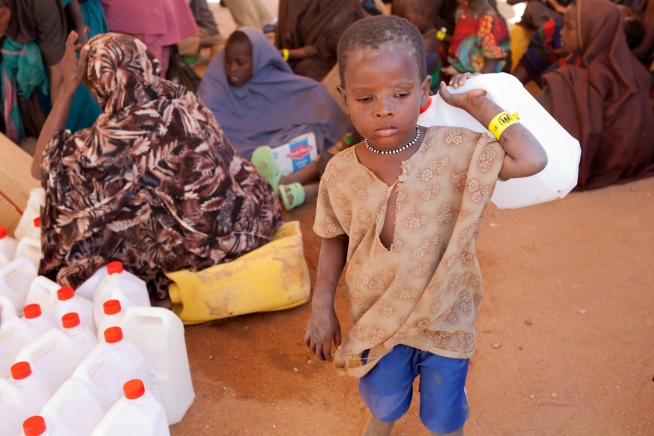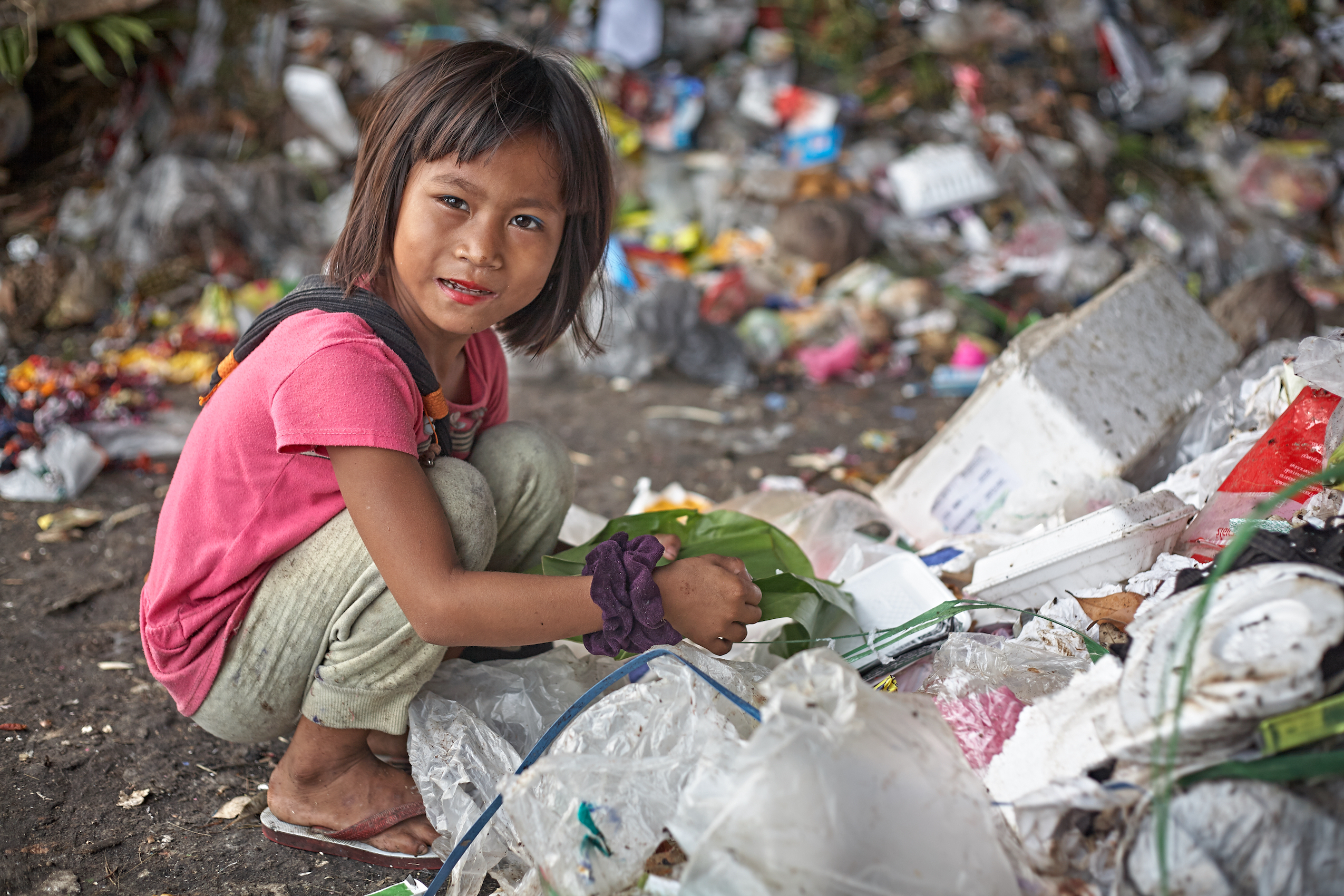Finally, and moving towards the notion of legal rights, when we say that a child has rights under the UN Convention on the Rights of the Child, we’re saying that what has to be done for that child is a matter of duty and obligation. It isn’t enough for governments to say, we’re good people, or, we feel sorry for children. When a child has rights, governments and other institutions are duty-bound to uphold them.
Children and democracy
Professor of International Human Rights Law
- Children’s rights ARE about recognising that children have particular rights that governments ARE duty-bound to uphold. It isn’t enough for States to be “compassionate” or “sympathetic”.
- Children lack the right to vote and are effectively excluded from democractic decision-making processes that are fundamental to securing their rights. International human rights law does not solve this problem for them.
- Just because a State has agreed to recognise children as rights holders under the UN Convention on the Rights of the Child does not mean that children in that State can go directly to court to assert a violation of their rights under the Convention.
- International human rights law does relatively little to ensure that children will be heard where it matters in democratic decision-making.
Recognising children’s rights
When we say that someone, including a child, is a rights holder, we are looking at that person and saying that they have human dignity. That person merits being described as a rights holder. It’s about recognition.
Following on from that is a question of equality. By saying that children are rights holders, we acknowledge them as the equal of other persons that we regard as worthy rights holders.

Rohingya refugee fleeing the violence at Kutupalong refugee camp in Bangladesh on 16 April 2018. Photo by Richard Juilliart.
Rights vs well-being
Why do we focus on children’s rights as opposed to their well-being or needs?
First of all, I should point out that when people talk about children’s rights, they also have the above-mentioned concepts in mind. However, the reason that we talk about children’s rights in an ever more prominent way (and by “we”, I mean the children’s rights community and those working with children) is that these rights are regarded as a useful and relatively clear framework on how to address issues around children’s well-being, needs and interests. Concepts such as well-being alone, which are not associated with strong social institutions such as the law and don’t necessarily imply inherent understandings of accountability or obligation, can be too weak and vague. Children’s rights, on the other hand, serve as a clearer, sharper framework for action.
Children and democracy
When we look at the relationship of children to democracy, there are many different things we want to focus on. First, children are located within democracies, and they’re also the object of those democracies. They’re on the receiving end of law and policy, and other measures determined by democratic decision-making processes.
What differentiates children from other enfranchised voting groups within society is that children have very limited input into democratic decision-making. Children can’t vote, which removes their ability to exert any kind of direct influence. Historically, people have justified children not voting by pointing out that their interests are represented through indirect representation. In other words, parents or other adults or elected representatives have common interests with children. Hence, when those parents vote or when elected representatives act, they will do so on behalf of these shared interests and ensure that children’s interests are protected in democracy.
There are several problems with this perspective. First, many parents don’t vote. Second, there are plenty of areas in which children and adults do not, in fact, have shared interests. One of these areas is climate change, which is of huge concern to today’s children and of lesser concern to older voters. Third, although elected representatives might regard themselves as having some shared interests with children, when push comes to shove, and there’s a conflict between those shared interests and the elected representatives’ desire to be re-elected, it’s quite likely that the children’s interests will be set aside. Finally, some groups exercise a disproportionate influence on democratic decision-making processes. But we don’t see child lobby groups. We don’t see children having control of the media in such a way as to affect the democratic agenda. And we don’t see children strategically using their economic resources to shape the outcomes of democratic decision-making processes.
In short, we see a very high level of exclusion of children from democratic decision-making processes – processes that are fundamental to ensuring that they enjoy their rights within democratic societies.
Constitutional reform
Since 1989, when the UN Convention on the Rights of the Child was signed, we’ve seen an increased focus on children, both in the work of the courts applying constitutions and in constitutional theory. We’ve seen a shift from a situation where children are completely invisible in constitutions to one where provisions are talking about the need for special protections for children. More recent constitutions, such as in Timor-Leste, Kenya and South Africa, contain a whole range of child-specific instruments.

A child carries a water jug, part of a bundle of supplies given to refugee families after they register at the Dagahaley refugee camp in Dadaab, Kenya, 8 August 2011. Wikimedia Commons. Public Domain.
This is all good news. Constitutions are beginning to notice children, but it’s still the case that the imagined citizen for most constitutions is a rational, capable, voting adult. That is very different from the reality of children and how they are perceived in society.
Children in court
Children pose particular challenges to courts in terms of the enforcement of their rights. It’s often argued that courts shouldn’t adopt an active or assertive approach when enforcing rights if that means overruling the decisions of the elected branches of government, i.e. the executive and legislature. In other words, courts shouldn’t act in a way that’s contrary to the majority.
Suppose we acknowledge that children are, in effect, excluded from democratic decision-making processes. That should lead us to accept that courts must decide whether democracy gives effect to children’s rights and whether the majoritarian objection to judicial intervention in a particular situation should be reconsidered in that light.
In the traditional, narrow understanding of the separation of powers, the courts have certain functions that shouldn’t overlap or interfere with the separate functions of the legislature and executive. However, given children’s exclusion from democracy, one can argue that the courts have an enhanced obligation to give effect to children’s rights.
Putting theory into practice
Just because a State has agreed to recognise children as rights holders under the UN Convention on the Rights of the Child does not automatically mean that children in that State can go directly to court to assert a violation of their rights under the Convention. In some countries, they can; in others, they can’t. In many States, children don’t have the same legal standing as adults. They may also lack the resources to go to court, or they may simply be too young. It’s all very well, in theory, to say that babies have legal standing, but it doesn’t mean much in practice. It’s vital, therefore, that there should be some institution or framework of adult support to ensure that children’s rights can be enforced.

Mae Sot, Thailand. April 2012. Myanmar's refugee child labourers searching the city's rubbish dump. Photo by Salvacampillo.
Article 12 of the UN Convention on the Rights of the Child sets out children’s rights to express their views and for those views to be given due weight in matters concerning them. The Convention also outlines various civil and political rights, such as the right to freedom of expression, freedom of association, peaceful assembly and so on. This is all wonderful – but there is no right to vote. This differentiates the Convention from, for instance, the International Covenant on Civil and Political Rights, a very influential, high-profile international treaty that sets out the civil and political rights of everyone, not just children, and where the right to vote is explicitly provided for. International human rights law makes clear that children should have input into democratic decision-making processes, but it does not include an express right to vote.
Ultimately, if we consider the importance of children having a direct input into democratic decision-making processes, rather than simply representation based on sympathy and compassion, that’s a significant gap. The UN Committee on the Rights of the Child, which monitors and makes very authoritative statements around what the Convention requires, has been very slow to get involved in this quest for the child’s right to vote. Until they do, international human rights law does relatively little to ensure that children will be heard where it matters in democratic decision-making.
Discover more about
children’s rights
Nolan, A. (2011). Children’s Socio-Economic Rights, Democracy And The Courts. Hart Publishing.
Nolan, A. (2010). The Child as ‘Democratic Citizen’ – Challenging the ‘Participation Gap’. Public Law, 126–141.
Nolan, A. (2021, March 16). Is Sustainable Development Bad News for Children’s Rights? The British Academy.